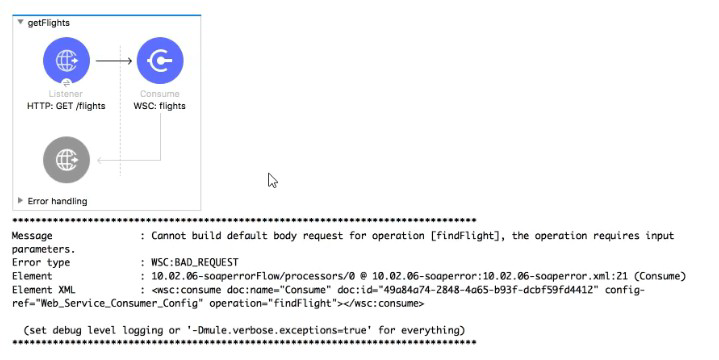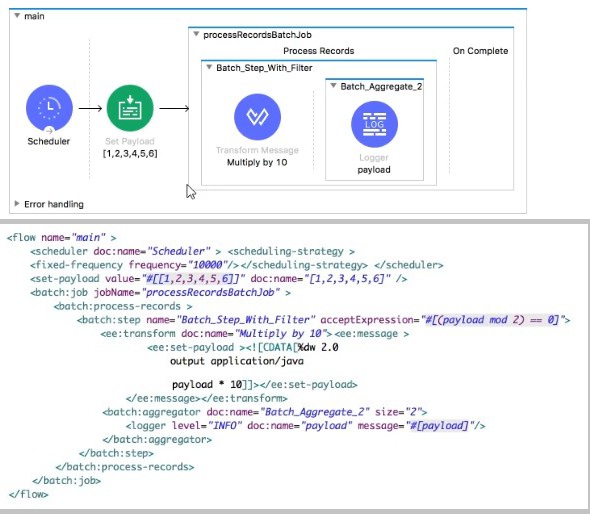
- Email support@dumps4free.com

An API specification is designed using RAML. What is the next step to create a REST
Connector from this API specification?
A.
Download the API specification and build the interface using APIkit
B.
Publish the API specification to Any pointExchange
C.
Implement the API specification using flow designer in Design Center
D.
Add the specification to a Mule project's src/main/resources/api folder
Publish the API specification to Any pointExchange
Refer to the exhibits.

A.
Set a header In the Consume operation equal to the destination query parameter
B.
set a SOAP payload before the Consume operation that contains the destination
queryparameter
C.
set a property m the Consume operation equal to the destination query parameter
D.
set a JSON payload before the Consume operation that contains the destination query
parameter
set a SOAP payload before the Consume operation that contains the destination
queryparameter
Refer to the exhibits.
A web client sends a POST request to the HTTP Listener with the payload "Hello-". What
response is returned to the web client?
What response is returned to the web client?
A.
Hello- HTTP-] MS2-Three
B.
HTTP-JMS2-Three
C.
Helb-JMS1-HTTP-JMS2 -Three
D.
Hello-HTTP-Three
Hello- HTTP-] MS2-Three
A Mule project contains a DataWeave module called MyModule.dwl that defines a function
named formatString. The module is located in the project's src/main/resources/modules folder.
What is the correct way in DataWeavecode to import MyModule using a wildcard and then
call the module's formatString function?
A.
Option A
B.
Option B
C.
Option C
D.
Option D
Option D
Refer to the exhibit. The Batch Job processes, filters and aggregates records, What is the
expected output from the Logger component?
A.
[10. 20, 30. 40, 50, 60]
B.
[10. 20] [30, 40] [50, 60]
C.
[20, 40, 60]
D.
[20. 40] [60]
[20. 40] [60]
| Page 7 out of 46 Pages |
| Previous |